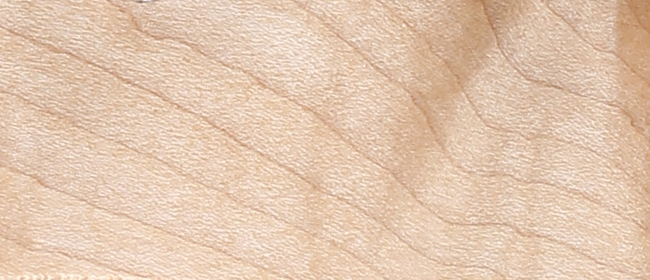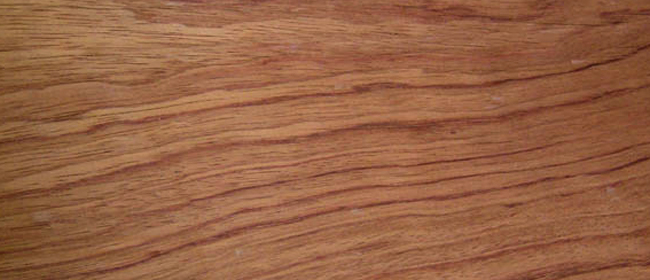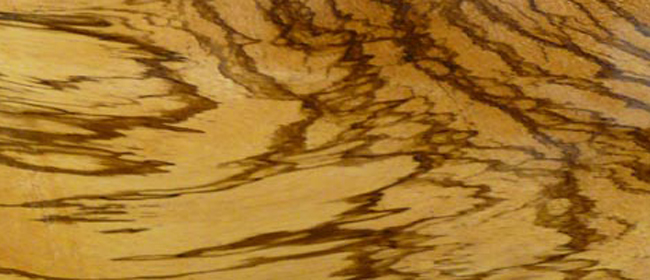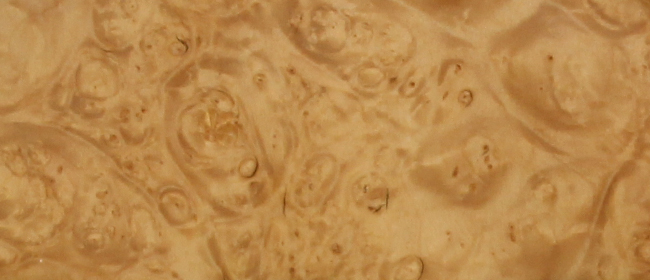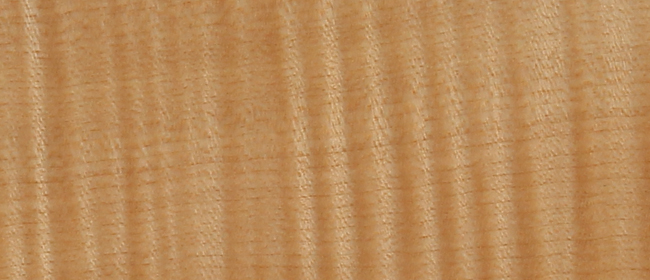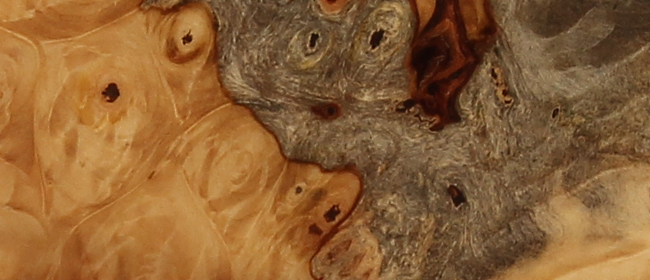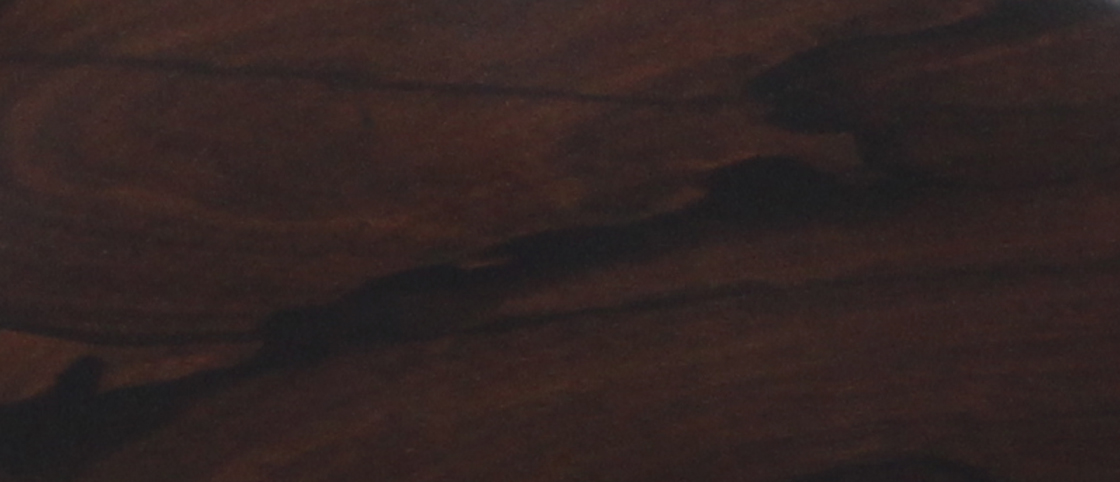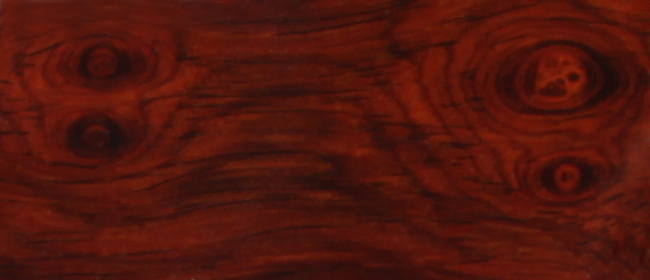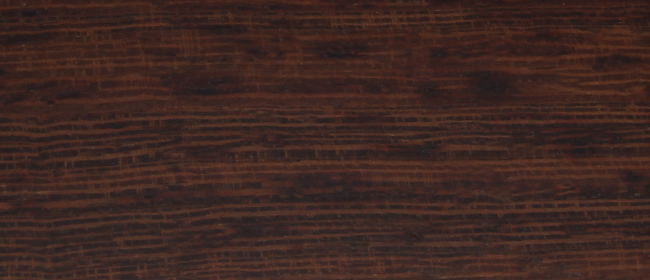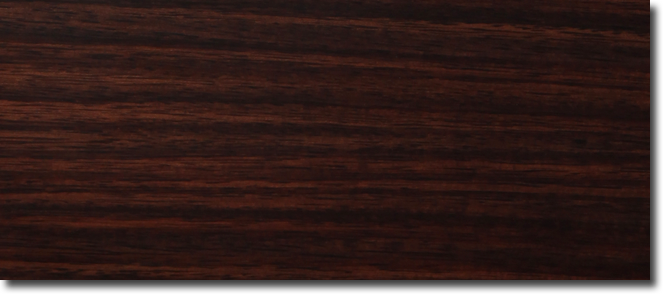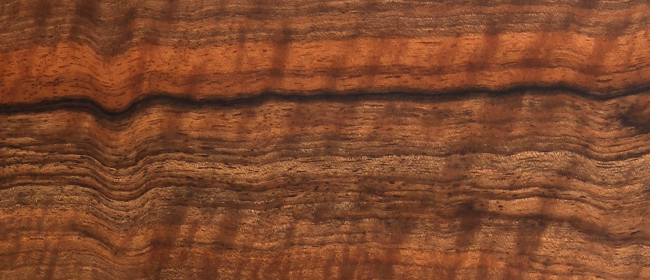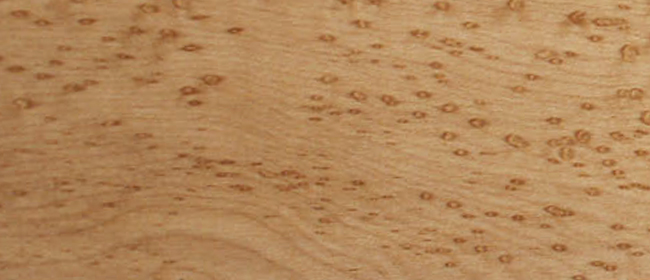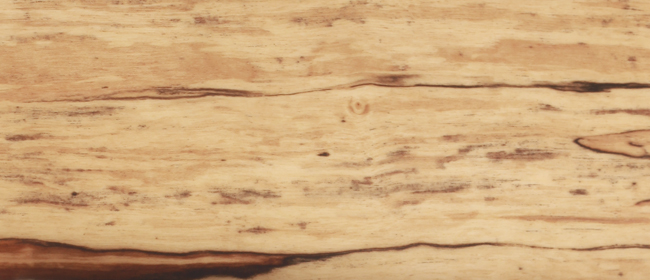Back
Resonant woods
When building instruments, I use many kinds of resonance woods. Combining carefully chosen decorative structures of resonance woods can lead to exclusive visual results and very rich sound possibilities.
I use the following kinds of wood for the body: maple, ash, alder, poplar, walnut, bubinga, mahogany, padauk, ovangkol, wenge, zebrawood, buckeye, mango, koa, myrtle. These woods provide different appearance depending on the cut and also on the part of the tree that the wood was taken from.
Maple
- Use: necks, tops, resonant plates, fingerboards, bodies
- Light coloured, decorative, smooth structure.
- Maple is durable wood. Is well-known material amongst manufacurers or luthiers for it's stability, musical reproduction and beautiful look for example as Flamed Maple
- Maple is medium heavy or heavier wood.
- Is suitable for lacquered or oiled surfaces.
Ash
- Use: tops, resonant plates, bodies
- Decorative structure with larger grain.
- Hard, durable material with warm musical reproduction.
- European Ash is heavy wood.
- Is suitable for lacquered or oiled surfaces.
Alder
- Use: bodies, tops
- Often indistinctive wood, but may have very decorative structure depending on form of cutting.
- Alder is lightweight material.
- Ideal wood for lacquering or dyed finishes.
- Alder requires lacquering for its softness.
Bubinga
- Use: tops, bodies, fingerboards, laminate necks
- Highly decorative structure.
- Very hard and durable material.
- No need for lacquering.
- Bubinga is very heavy wood.
Mahogany
- Use: bodies, resonant plates, necks
- Gold, medium brown wood under lacquer.
- Ideal for instruments with accentuated mids and upper mids.
- Durable material, looks beautiful when lacquered.
- Medium heavy wood.
Zebrano
- Use: tops, bodies
- Highly decorative structure.
- Strong and distinctive lower mids or bass tone.
- Gold or light brown colour with distinctive grain.
- Doesn't need to be lacquered .
Walnut
- Use: tops, bodies, necks
- Highly decorative structure depending on the cut.
- Walnut is priced for its decent or even warmer reproduction of tone.
- Medium heavy wood.
- Wood has green/brown colour often with flamed structure.
The top boards are usually made of highly decorative pieces of wood with names such as Burl, Flamed, Root, Figured, Quilted, Spalted, etc. Depending on availability, I use top boards Flamed, Burl, Quilted, Root, Spalted Maple, Cocobolo/Madagascar Rosewood, Ziricote, Macassar ebony, Redwood (Sequoia), Mango, Myrtle. Thickness of the top board or the overall thickness of the body influences the sound expression of the instrument.
Burl Maple
- Use: tops
- Highly decorative structure.
- Often needs filling of possible defects.
- Lacquering enhances grain and olour of the wood.
Flamed Maple
- Use: tops, fingerboards, bodies, necks
- Highly decorative structure.
- Ideal wood for necks or tops with distinctive flamed figure.
- Medium heavy and hard wood.
Buckeye Burl
- Use: tops
- Highly decorative structure with various colour.
- Very soft and lightweight wood.
- Needs surface hardening and filling of possible defects.
- Requires lacquering.
Ziricote
- Use: tops, fingerboards
- Highly decorative dark wood with black streaks and wild figure.
- Heavy wood.
- Doesn't need to be lacquered but lacquer enhances look and grain.
Cocobolo
- Use: tops, fingerboards
- Highly decorative structure.
- Colour varies from orange, red to dark brown or black.
- Heavy wood.
- Very fancy and expensive wood for musical instrument.
- Lacquering strongly enhances figure and grain of wood.
Wenge
- Use: tops, fingerboards, bodies
- Indistinctive dark wood.
- Hard wood with great stability.
- Doesn't need to be lacquered.
- Melodic sounding wood with clear and well defined treble range.
Indian Rosewood
- Use: mainly fingerboards, resonant plates and tops
- Decorative red-brown wood with distinctive grain patterns.
- No need for lacquering. Very durable material.
- Lacquering enhances grain of the wood.
Claro Walnut
- Use: tops, bodies
- Highly decorative structure with flame structure.
- Light brown colour with distinctive yellow and dark brown/black streaks.
- Medium heavy wood.
- Lacquering enhances grain and structure.
Italian Pine
- Use: tops
- Decorative flamed structure.
- Very light and soft wood.
- Needs to be lacquered.
Birdseye Maple
- Use: Tops, fingerboards, bodies
- Highly decorative structure of small knots and grain.
- Medium heavy wood.
- Lacquering enhances structure and grain.
African Ebony
- Use: fingerboards
- Beautiful black decorative structure.
- One of the most hardest woods used for music instrument.
- No need for lacquering. If lacquered brings even and faithful tone of strings.
Spalted Birch
- Use: tops
- Highly decorative structure with black streaks.
- Very soft and light weight material.
- Needs surface hardening and lacquering.
For bolt-on-necks, I usually use maple or lamination of more pieces. In case of neck-through-body instruments, I combine stripes of mahogany, walnut, wenge or bubinga.
When producing an instrument with a bolt on neck, I usually build the body from two pieces. There is also an option of one piece, depending on availability of the given kind of wood.
Today modern trends of production and sale of musical instruments include also pieces of wood that are partially decayed (spalted), cracked or unusual in some other way. From the sound perspective, these types of wood have the same function, but the visual appearance plays a more significant role here. Each instrument has its distinctive sound and each part of the instrument contributes to it. But not only wood.
